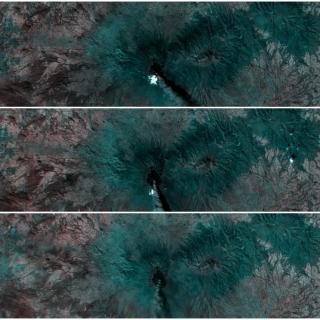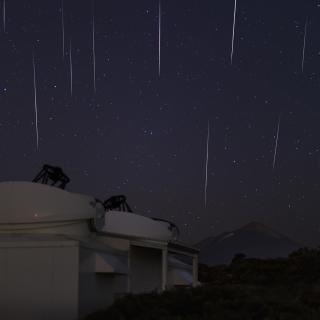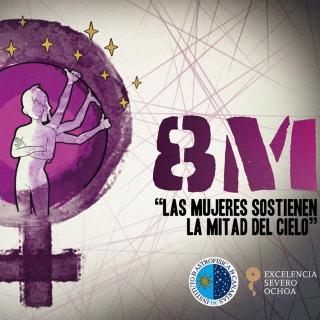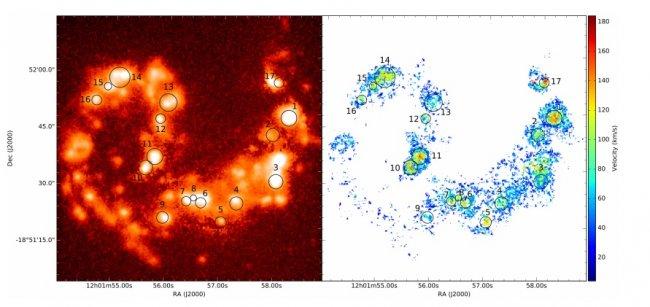It may interest you
-
 During commissioning the Canary satellite ALISIO-1 proves its efficiency by observing phenomena in over 100 regions of the world The first Canary satellite, led by the Instituto de Astrofísica de Canarias (IAC), ALISIO-1, (an acronym for Advanced Land-Imaging Satellite for Infrared Observations) was launched into space on December 1st 2023 from the Vandenberg Airforce Base in California, and in only a few months has completed the commissioning phase, the verification on orbit that all its systems are working correctly. In this phase of verification the DRAGO-2 camera has been calibrated, andAdvertised on
During commissioning the Canary satellite ALISIO-1 proves its efficiency by observing phenomena in over 100 regions of the world The first Canary satellite, led by the Instituto de Astrofísica de Canarias (IAC), ALISIO-1, (an acronym for Advanced Land-Imaging Satellite for Infrared Observations) was launched into space on December 1st 2023 from the Vandenberg Airforce Base in California, and in only a few months has completed the commissioning phase, the verification on orbit that all its systems are working correctly. In this phase of verification the DRAGO-2 camera has been calibrated, andAdvertised on -
 La noche del 12 al 13 de agosto, el canal sky-live.tv se desplazará hasta Extremadura para retransmitir el máximo de las Perseidas 2023 desde el Centro Internacional de Innovación Deportiva en el Medio Natural “El Anillo”, además de desde los Observatorios de Canarias, como una de las actividades de divulgación del proyecto Energy Efficiency Laboratories (EELabs).Advertised on
La noche del 12 al 13 de agosto, el canal sky-live.tv se desplazará hasta Extremadura para retransmitir el máximo de las Perseidas 2023 desde el Centro Internacional de Innovación Deportiva en el Medio Natural “El Anillo”, además de desde los Observatorios de Canarias, como una de las actividades de divulgación del proyecto Energy Efficiency Laboratories (EELabs).Advertised on -
 El Instituto de Astrofísica de Canarias (IAC) fue pionero en la implementación de políticas de Igualdad con la creación, en 2008, de una comisión específica El Instituto de Astrofísica de Catarís (IAC) reivindica este 8 de Marzo el papel de las instituciones científicas como locomotora de los cambios sociales y demuestra su compromiso con la Igualdad. El IAC fue pionero en la implementación de políticas de Igualdad, adelantándose a las medidas obligatorias por las distintas leyes. Los primeros pasos en materia de iniciativas orientadas a la igualdad de género se iniciaron en 2008 con laAdvertised on
El Instituto de Astrofísica de Canarias (IAC) fue pionero en la implementación de políticas de Igualdad con la creación, en 2008, de una comisión específica El Instituto de Astrofísica de Catarís (IAC) reivindica este 8 de Marzo el papel de las instituciones científicas como locomotora de los cambios sociales y demuestra su compromiso con la Igualdad. El IAC fue pionero en la implementación de políticas de Igualdad, adelantándose a las medidas obligatorias por las distintas leyes. Los primeros pasos en materia de iniciativas orientadas a la igualdad de género se iniciaron en 2008 con laAdvertised on
